About products and suppliers
Duyệt qua thế hệ mới nhất. bo mạch chủ h110 trên Alibaba.com .. bo mạch chủ h110 được thiết kế cho mục đích kỹ thuật và sử dụng máy tính để bàn nói chung như máy chủ. Các sản phẩm có chipset và hệ số hình thức khác nhau đang có trong kho .. bo mạch chủ h110 có tất cả các cổng phổ biến và hơn thế nữa.
bo mạch chủ h110 trên Alibaba.com tự hào về tất cả các hệ số dạng, hỗ trợ nhiều vị trí khác nhau. Chúng có USB 2.0 để kết nối bàn phím và chuột của bạn và Type-C để kết nối điện thoại thông minh của bạn. Đắm mình trong trải nghiệm điện ảnh với codec âm thanh cao cấp và tích hợp HDMI. Các sản phẩm tự hào về khả năng mở rộng bộ nhớ khổng lồ nếu bạn ưa thích các thiết bị lưu trữ tốc độ cao .. bo mạch chủ h110 tự hào về các cổng RJ-45 và USB 3.0 linh hoạt để tích hợp nhiều hệ thống con ngoài kế hoạch. Chúng cũng cho phép mở rộng SATA hoặc RAID cho người dùng nâng cao .. bo mạch chủ h110 cũng được trang bị các khe cắm mở rộng tiêu chuẩn với nhiều khe cắm PCI-Express.
bo mạch chủ h110 có sẵn trong khe cắm bằng kim loại hoặc nhựa chắc chắn để hỗ trợ các thẻ lớn, nặng mà không có nguy cơ bị gãy. Các cổng và khe cắm có màu sắc khác nhau, giúp dễ dàng thao tác lại ngay cả với người mới sử dụng .. bo mạch chủ h110 có các khe cắm được đặt một cách chiến lược để chứa tối đa thẻ. Chúng có đèn LED chẩn đoán, hiển thị một loạt mã chữ và số để chỉ ra loại lỗi. Bạn có thể xây dựng các hệ thống tinh vi với các chipset. bo mạch chủ h110 hỗ trợ hầu hết các CPU hiện đại. Một số tùy chọn trên trang web phù hợp để chỉnh sửa video cao cấp, kết xuất 3-D và chơi game mở rộng. Họ có thể cho mượn mạng tốc độ cao với thẻ Ethernet.
Trở nên đáng kinh ngạc. bo mạch chủ h110 cung cấp trên Alibaba.com. Trang web có bộ sưu tập sản phẩm toàn diện được bán bởi các nhà cung cấp đã đăng ký với giá cạnh tranh với các dịch vụ thân thiện với người mua. Mua ngay và trải nghiệm sự khác biệt với chất lượng cao nhất và tùy chọn giao hàng dễ dàng. Những người bán khác trên khắp thế giới đang mua, đừng bỏ lỡ.




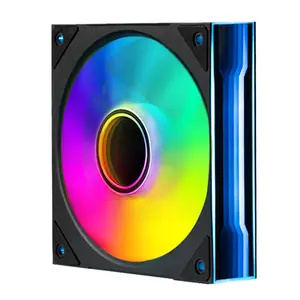

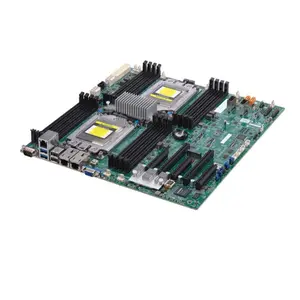







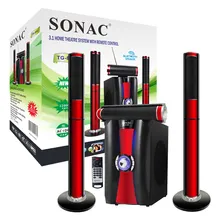
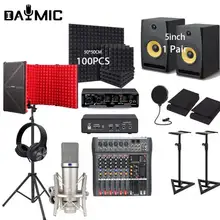





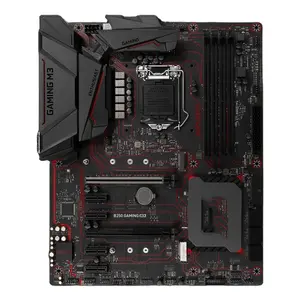


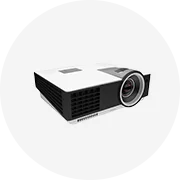










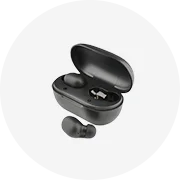










 浙公网安备 33010002000092号
浙公网安备 33010002000092号 浙B2-20120091-4
浙B2-20120091-4